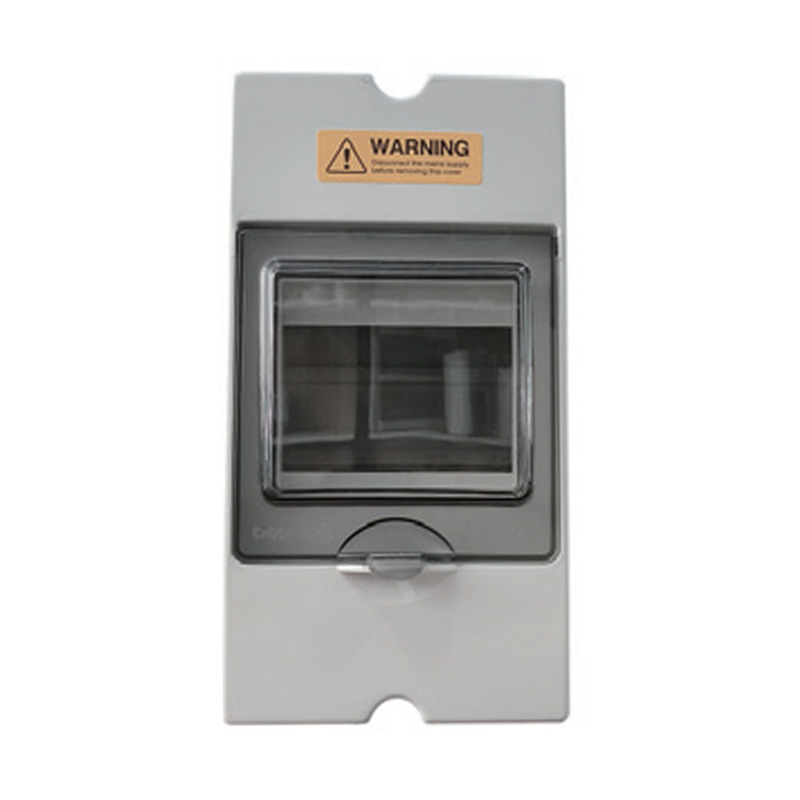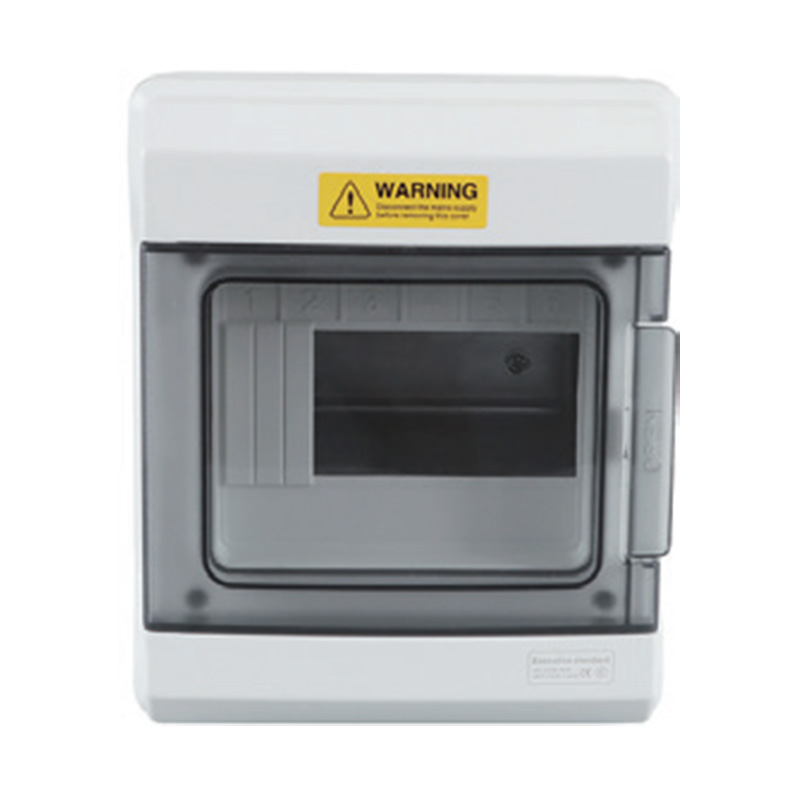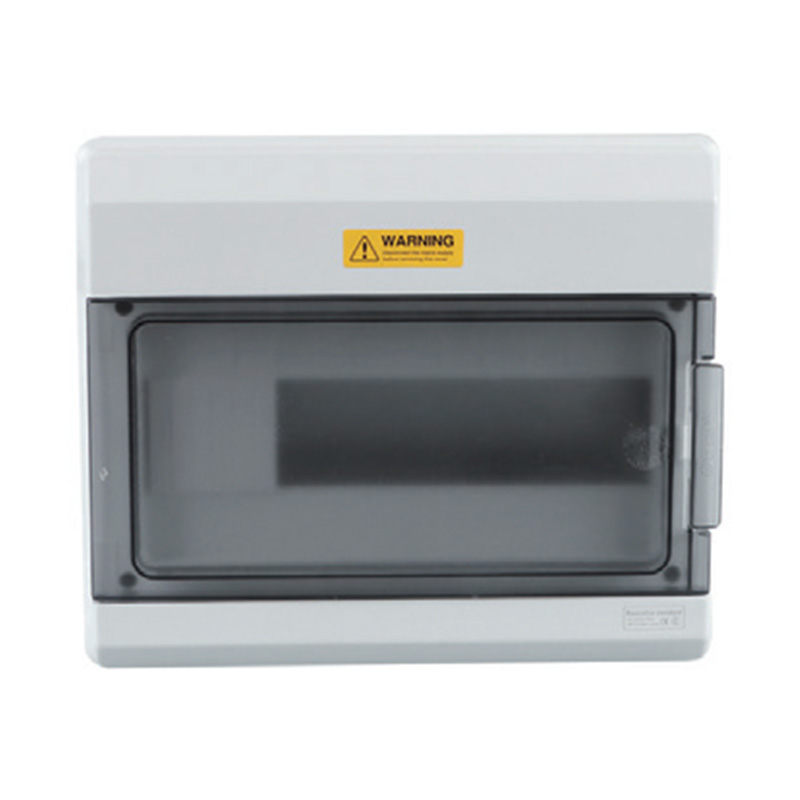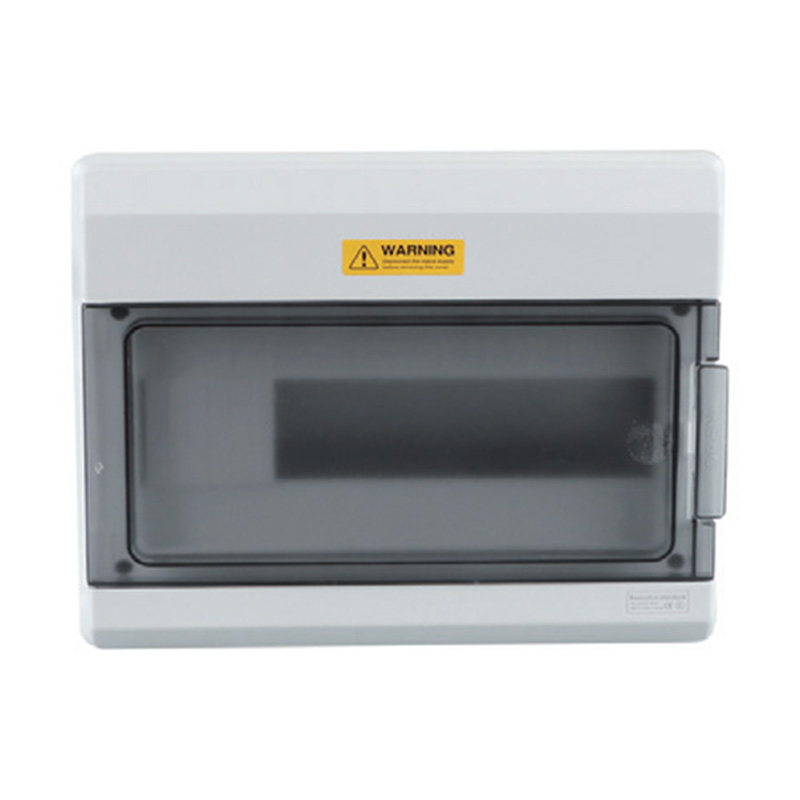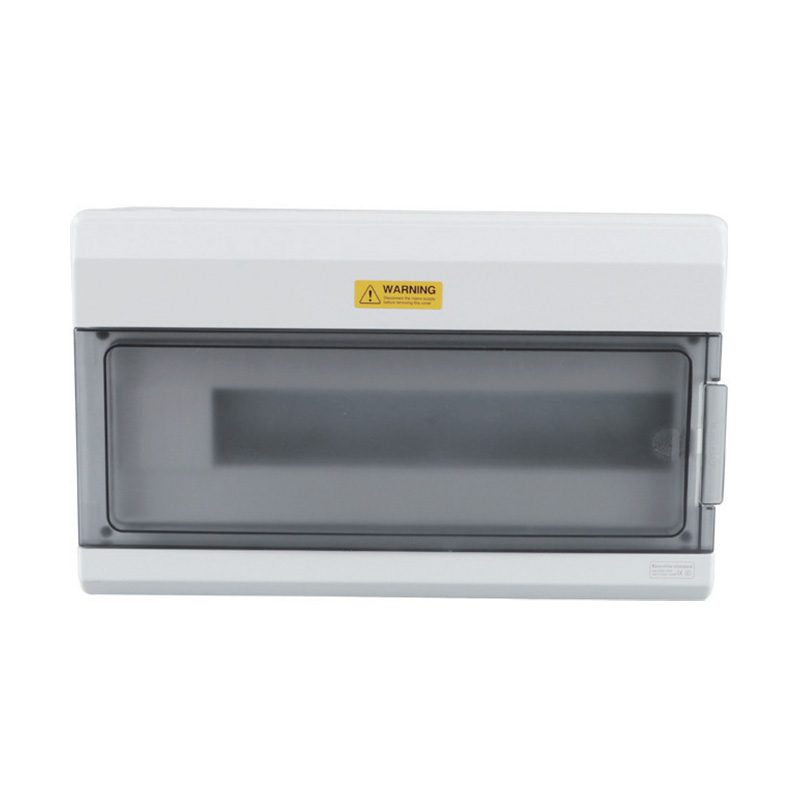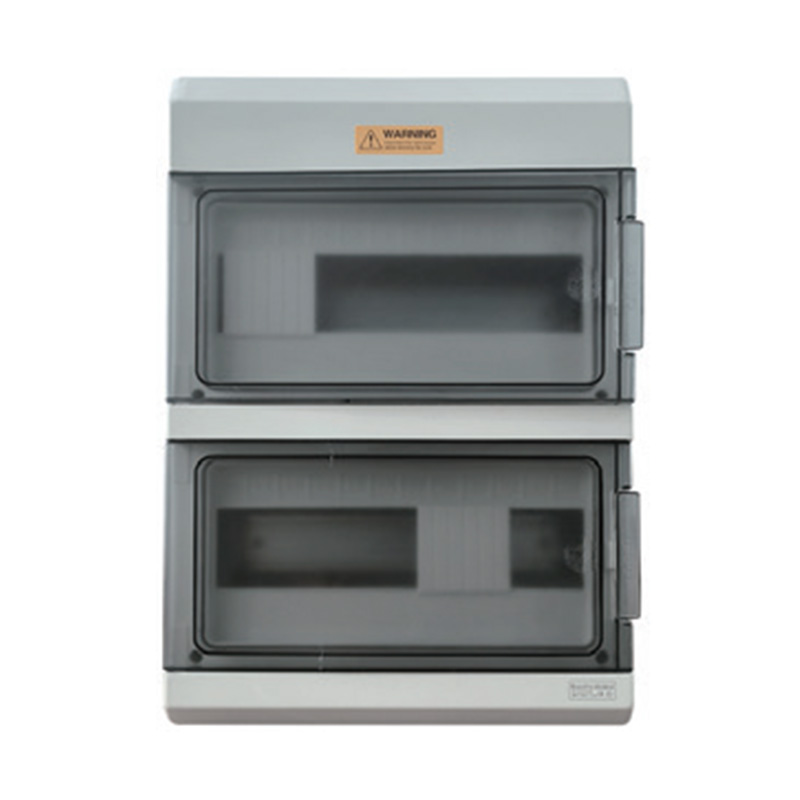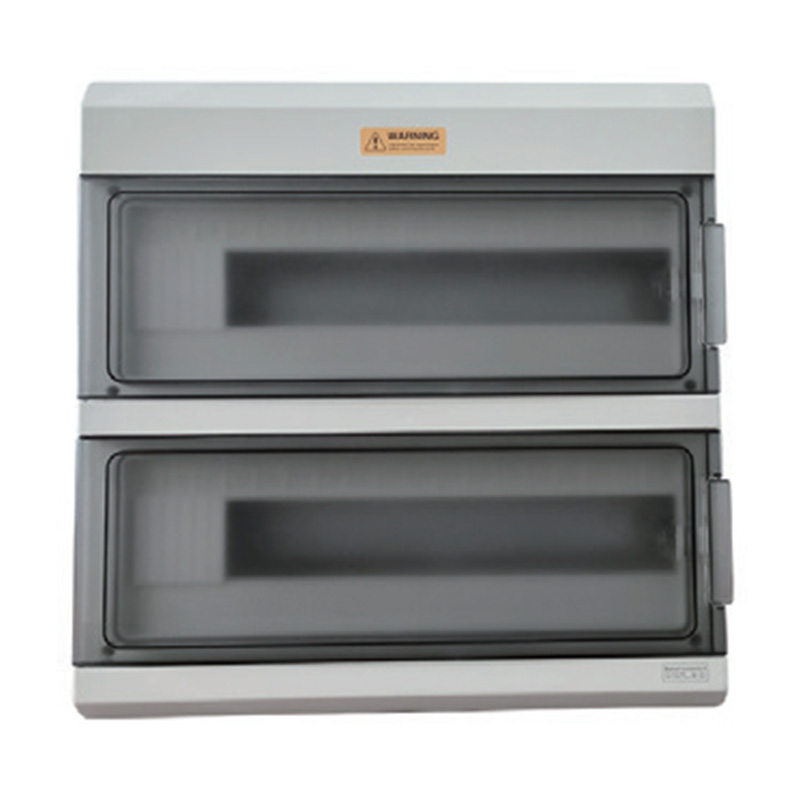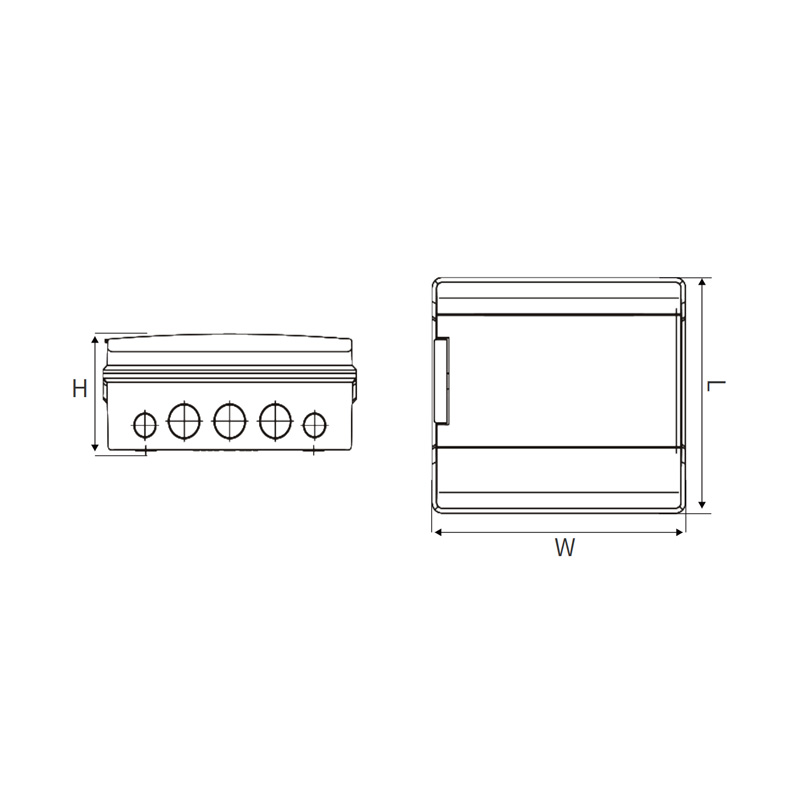Understanding and selecting the correct IP rating is essential when choosing a Waterproof Junction Box or Waterproof Distribution Box. It ensures safety, reliability, and long-term...
READ MORE-
-
Outdoor electrical installations face unique challenges that require specialized components to ensure their reliability and safety. Among the more important components are metal ca...
READ MORE -
Durability is a key factor when designing and maintaining electrical systems. With so many environmental challenges that electrical installations face—such as excessive temperature...
READ MORE -
Safety compliance is not just about adhering to regulations; it’s about protecting people, equipment, and infrastructure from the risks of electrical hazards. Electrical fires, sho...
READ MORE
Industry Knowledge Extension
What Are the Common Problems with HB Waterproof Distribution Boxes?
Like any product, HB Waterproof Distribution Boxes can encounter common problems that may affect performance and reliability.
Water Ingress Due to Improper Sealing
One of the frequent issues is water entering the enclosure. Even though HB boxes are designed with gaskets and sealing mechanisms, incorrect installation or damaged gaskets can compromise their waterproofing. Water ingress can cause short circuits, corrosion of terminals, and reduced insulation performance. Regular inspection and proper sealing during installation are essential to prevent this issue.
Overcrowding and Cable Management Issues
HB distribution boxes sometimes suffer from overcrowding when too many wires or components are installed in a limited space. Overcrowding can overheating, increased electrical resistance, and difficulty during maintenance. Using boxes with appropriate dimensions and planning the internal wiring layout can mitigate these problems.
Material Degradation
Plastic HB boxes may degrade over time due to UV exposure, temperatures, or chemical contact. This degradation can make the enclosure brittle, reducing mechanical strength and the effectiveness of waterproofing. Selecting high-quality materials like UV-stabilized ABS or polycarbonate and avoiding direct exposure to harsh conditions can extend the lifespan of the box.
Loose Mounting and Structural Issues
Improper mounting can cause the box to become loose or misaligned, affecting both mechanical protection and the integrity of cable entry points. Using appropriate fasteners and ensuring a stable surface for installation helps maintain the structure and waterproof capabilities of the HB distribution box.
Inadequate Ventilation
While HB boxes are sealed to prevent water ingress, a completely airtight enclosure can heat accumulation inside. This is especially a concern in high-current installations. Choosing boxes with proper heat dissipation features or ensuring correct sizing for the internal components can address this problem.
By being aware of these common issues, users can ensure the HB Waterproof Distribution Box operates reliably and safely over its intended lifespan.
What Are the Safety Regulations for Gray and White Distribution Boxes?
Gray and white distribution boxes are widely used in residential, commercial, and industrial applications. To ensure safe operation, there are several safety regulations and standards that these enclosures must follow.
1. Electrical Insulation Standards
Gray and white distribution boxes must be made from materials that provide sufficient electrical insulation to prevent shock hazards. Common materials include ABS and PVC, which are non-conductive and flame-retardant. Compliance with international standards such as IEC 60670 ensures that the boxes meet insulation and dielectric requirements.
2. Waterproof and Dustproof Ratings
Many gray and white distribution boxes are designed for semi-outdoor or humid environments. They must meet specific IP (Ingress Protection) ratings, such as IP54 or IP65, to prevent water and dust ingress. Proper gaskets and sealed cable entry points are required to maintain these protective levels.
3. Fire and Heat Resistance
Safety regulations require that distribution boxes can withstand certain temperatures without deforming or igniting. Materials should be flame-retardant, and boxes must maintain structural integrity under heat exposure. This reduces fire risk in the event of an internal fault or external heat source.
4. Mechanical Protection and Impact Resistance
Gray and white distribution boxes should provide adequate protection against mechanical impacts. This includes resistance to knocks, drops, or crushing forces, ensuring that internal wiring and components remain intact. Testing for impact resistance according to relevant standards is mandatory in many regions.
5. Proper Labeling and Accessibility
Safety regulations often require labeling for live circuits, neutral connections, and grounding points. Distribution boxes must allow safe access for maintenance, with removable lids or covers that are easy to handle but prevent accidental exposure to live wires.
6. Compliance with Local and International Codes
In addition to IEC standards, gray and white distribution boxes must meet local electrical codes, which may include UL, CE, or regional certifications. Adhering to these regulations ensures compatibility with installed systems and reduces liability in case of electrical accidents.


 English
English 中文简体
中文简体 Español
Español عربى
عربى

